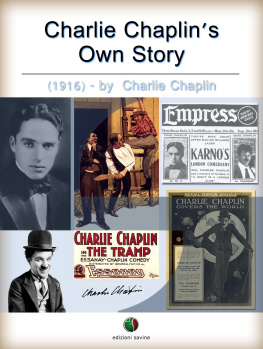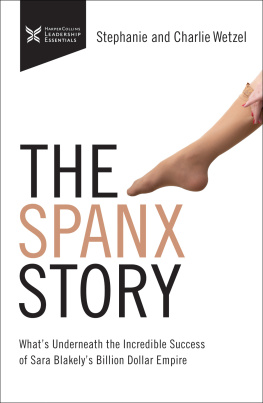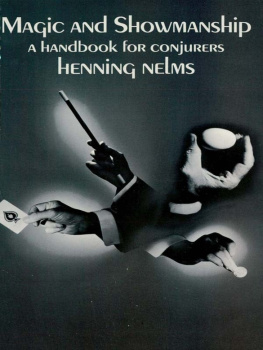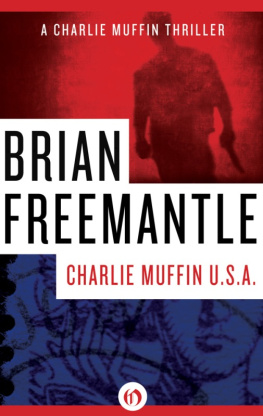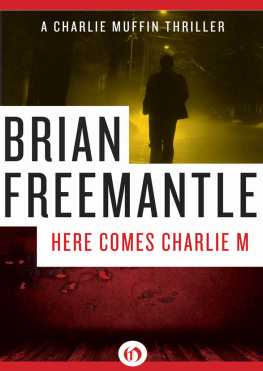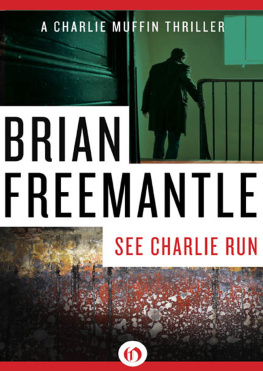FROM COTTON FIELDS TO UNIVERSITY LEADERSHIP
This book is a publication of
WELL HOUSE BOOKS an imprint of Indiana University Press
Office of Scholarly Publishing
Herman B Wells Library 350
1320 East 10th Street
Bloomington, Indiana 47405 USA
iupress.indiana.edu
2019 by Charlie Nelms
All rights reserved
No part of this book may be reproduced or utilized in any form or by any means, electronic or mechanical, including photocopying and recording, or by any information storage and retrieval system, without permission in writing from the publisher. The paper used in this publication meets the minimum requirements of the American National Standard for Information SciencesPermanence of Paper for Printed Library Materials, ANSI Z39.48-1992.
Manufactured in the United States of America
Cataloging information is available from the Library of Congress.
ISBN 978-0-253-04015-2 (cloth)
ISBN 978-0-253-04016-9 (paperback)
ISBN 978-0-253-04019-0 (ebook)
1 2 3 4 5 24 23 22 21 20 19
This book is dedicated to the memory of my mother, Carrie D. Nelms; my father, Eddie Nelms Sr.; my sister Carrie C. Nelms; my brothers Harvey and Willie Nelms; my mother-in-law, Julia Sherrod; my best friends Ernest Smith, Kenneth Christmon, Jimmy Ross, and Tendaji Ganges; and all members of the village who surrounded me with love, encouragement, and support.
And to my family: my wife, Jeanetta; my son, Rashad; my siblings and their spouses; my nieces and nephews; and members of my extended family, all of whom have shown me unconditional love.
CONTENTS
/ Walter M. Kimbrough
O N MANY OCCASIONS, PEOPLE CAN RECALL THE EXACT time and place they met someone. Maybe you were introduced by a mutual friend at a conference (which is how I met my wifeI guess I should remember that if I expect to go home). It could be a college classmate from freshman orientation or your first roommate. Whatever the situation, we all have conversations where we can recount the story of where we met someone, especially someone we have known for years.
I cant tell you when, where, or how I met Charlie Nelms. I have racked my brain for weeks and weeks trying to remember where I met him. I can tell you when he spoke for our faculty-staff institute when I was president at Philander Smith College in Little Rock, Arkansas, and even that he talked about the idea of being stone cutters that build cathedrals. Ill never forget it because the imagery he used was so vivid.
I can recall that I also asked him to speak for our faculty-staff institute when I got to Dillard. He helped to discuss what it means to work at a historically Black college and university (HBCU) and how sacred is the responsibility we have for the work we do. I remember being invited to speak as part of the centennial activities at North Carolina Central University (NCCU) when he was chancellor, as part of a panel to discuss the future of HBCUs. I also remember another speaking engagement I had at NCCU when he worked in time for lunch with me and Dr. Ontario Wooden, who was the Student Government Association vice president when I became vice president at Albany State and was then an administrator at Central. I can see the restaurant, in a warehouse district of some sorts, and the way we were just able to share ideas.
More recently, I fondly remember a late-night discussion we had with a colleague trying to figure out if he was called to do this work. While I offered some ideas, I was more interested in Charlies, as a three-time university president with a wealth of experience. In fact, there are many times at conferences and meetings where we have been together where I just listened. The passion for his work, the ability with which he could color a story to make it vivid and real, and his frank, matter-of-fact nature all appealed to me.
But I cant for the life of me recall when or where we met. In reading From Cotton Fields to University Leadership: All Eyes on Charlie, A Memoir, I had an epiphany. I have known Charlie all my life. No, I dont mean that he knew my parents and has been a family friend. We probably met within the last fifteen years or so. But his story speaks to me on so many levels.
His humble beginnings in Arkansas and willingness to work hard in school mirrors that of my parents. His story is their story, and I have heard those stories my entire life. He was an active student and engaged in leadership early, which is my story. He knew early on that he wanted to serve as a college president and found himself engaging university leaders to begin to explore this career path. This is my story too.
Time and time again in the book, I found myself connecting to his story, one that will resonate with so many professionals who find themselves on a journey in higher education. But the story is one that could inspire young people with any career aspiration. He often speaks about his low American College Testing, or ACT, score and the way he overcame it. There are many young people who need to see the possibility of overcoming low scores as long as they have high motivation. Charlie is that possibility.
Maybe one day I will figure out when and where I met Charlie Nelms. Right now, I have no clue! But I know him now, and reading his story in full has at least explained for me why I have felt a connection to him and his career. It makes me even more thankful for times when I could just hang out with him and listen.
When you read this book, just imagine that the two of you are hanging out and, in his distinctive voice and tone, hes telling you his life story.
And just listen.
Dr. Walter M. Kimbrough
President, Dillard University
T HE POMP AND CIRCUMSTANCE ASIDE, THERE IS SOMETHING extraordinary about the inauguration of a new college or university president that defies descriptionespecially if you are the person being inaugurated. In the hours preceding my inauguration as North Carolina Central University (NCCU)s tenth chief executive, my spouse, Jeanetta, and our only child, Rashad, welcomed family, colleagues, and friends to the historic home of the founder of the university, Dr. James E. Shepard.
My mind was flooded with memories: Mama and Papa, my teachers and mentors, and even the naysayers, who were all responsible for me reaching this seminal milestone in my professional career. Having previously served as chancellor of two predominately White universities, I knew firsthand what it was like to serve as a university president, but being inaugurated as CEO of a historically Black college and university, or HBCU for short, was another story.
As I donned my academic regalia with the assistance of my chief of staff and the universitys grand marshal, I could not suppress my memories of chopping and picking cotton, milking cows on the college farm at Arkansas Agricultural, Mechanical, and Normal College (Arkansas AM&N), and using the colored-only water fountains and restrooms during the era of the 1950s and 1960s. Most importantly, I could hear Mamas sweet, reassuring, and comforting voice reminding me that I could be anything I wanted to be. In that moment, it occurred to me that I had come full circle. I was about to be installed as chancellor of an HBCU, the same type of institution that produced me.
The ten-minute walk to the inauguration site, McDougald-McLendon Arena on the NCCU campus, was lined with well-wishers of all ages, colors, and backgrounds. They all had two things in common. First, they respected the historic role that NCCU had played in the uplift of Black people. Second, they sought to convey their confidence in my leadership and their unswerving commitment to the university. Just as I had come full circle, so had North Carolina University, in hiring its first CEO from a predominately White institution (PWI), one who had not lost sight of his beginnings and the way that he made it over.




